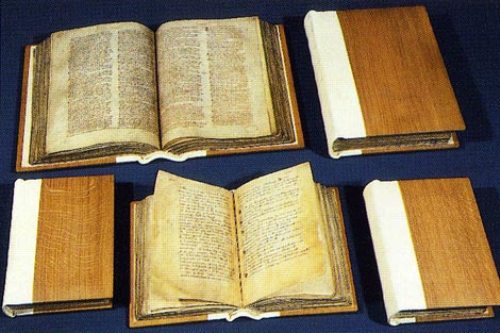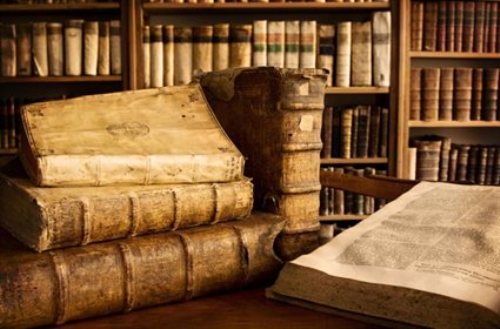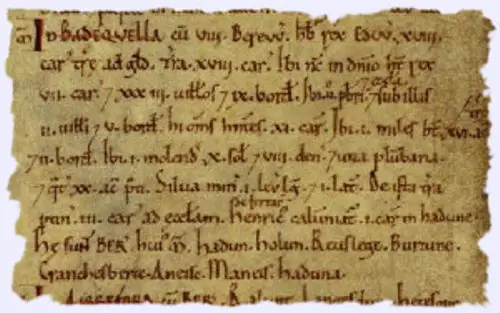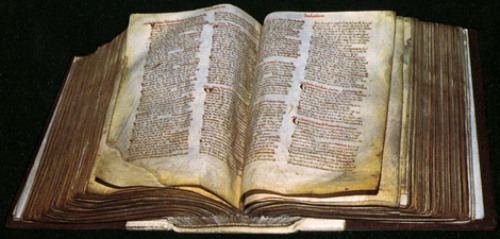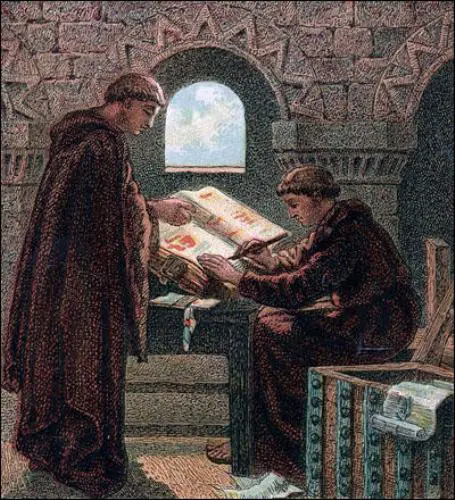10 Interesting the Domesday Book Facts
Let me show you the interesting information about the manuscript record of great survey which covered parts of Wales and England on The Domesday Book Facts. King William the Conqueror ordered the creation of Domesday Book. In 1086, it was finished. The content in Domesday Book was mostly abbreviated. The writer used Medieval Latin to create Domesday Book. Check other interesting facts about Domesday Book by reading the following post below:
The Domesday Book Facts 1: the Great Survey
Domesday Book was mainly about the Great Survey which applied on parts of Wales and England. The king wanted to know the amount of taxes received when King Edward the Confessor was on the throne.
The Domesday Book Facts 2: the term Domesday Book
In 12th century, the term Domesday Book was used. It was considered as the Middle English for Doomsday Book.
The Domesday Book Facts 3: the location of Domesday Book
If you want to know the display of Domesday Book, you have to go to London. The National Archives at Kew houses Domesday Book. It is available in online in Open Domesday site in 2011.
The Domesday Book Facts 4: the view of the historical economists and modern historians
The historical economists and modern historians viewed Domesday Book as the priceless main source. Get facts about Dead Sea Scroll here.
The Domesday Book Facts 5: the independent works
There are two independent works in The Domesday Book. Many parts of Wales and England were covered in Great Domesday. However, it does not include County Palatine of Durham, Northumberland, Cumberland and Westmorland. The works on Suffolk, Norfolk and Essex were covered on Little Domesday.
The Domesday Book Facts 6: the City of London and Winchester
The City of London and Winchester were not included in the surveys. The historians believe that both were not included for both received the tax exempt status. Find facts about Dark Ages here.
The Domesday Book Facts 7: County Durham
County Durham was not included in Domesday Book because the exclusive right to tax the area was given to William de St-Calais. He was the Bishop of Durham.
The Domesday Book Facts 8: Little Domesday
Compared to Great Domesday, Little Domesday was smaller. However, the people can check detailed information.
The Domesday Book Facts 9: the chapters
There were several chapters located in Great Domesday and Little Domesday.
The Domesday Book Facts 10: the places
If you look at Domesday Book, there were around 13,418 places cited in the book.
Are you interested reading facts about the Domesday Book?
